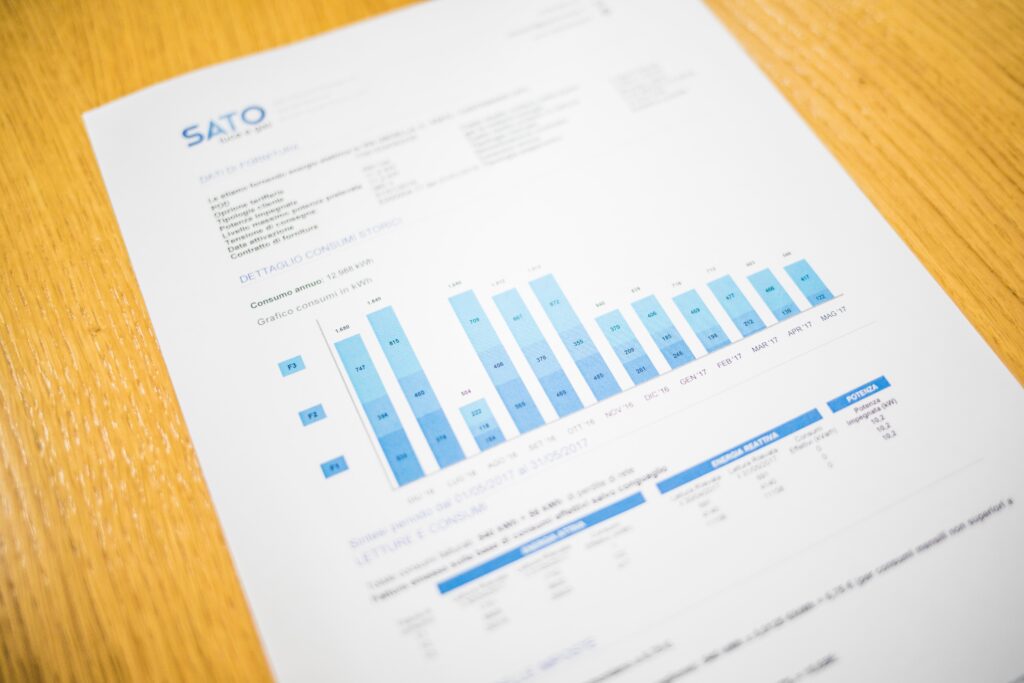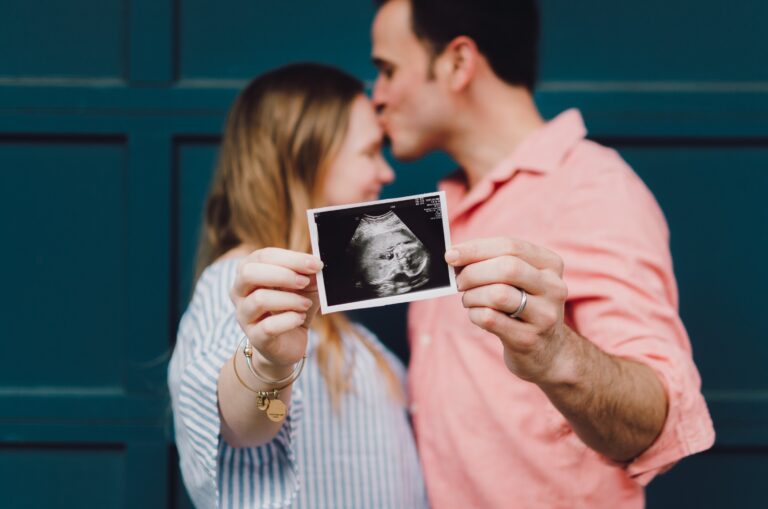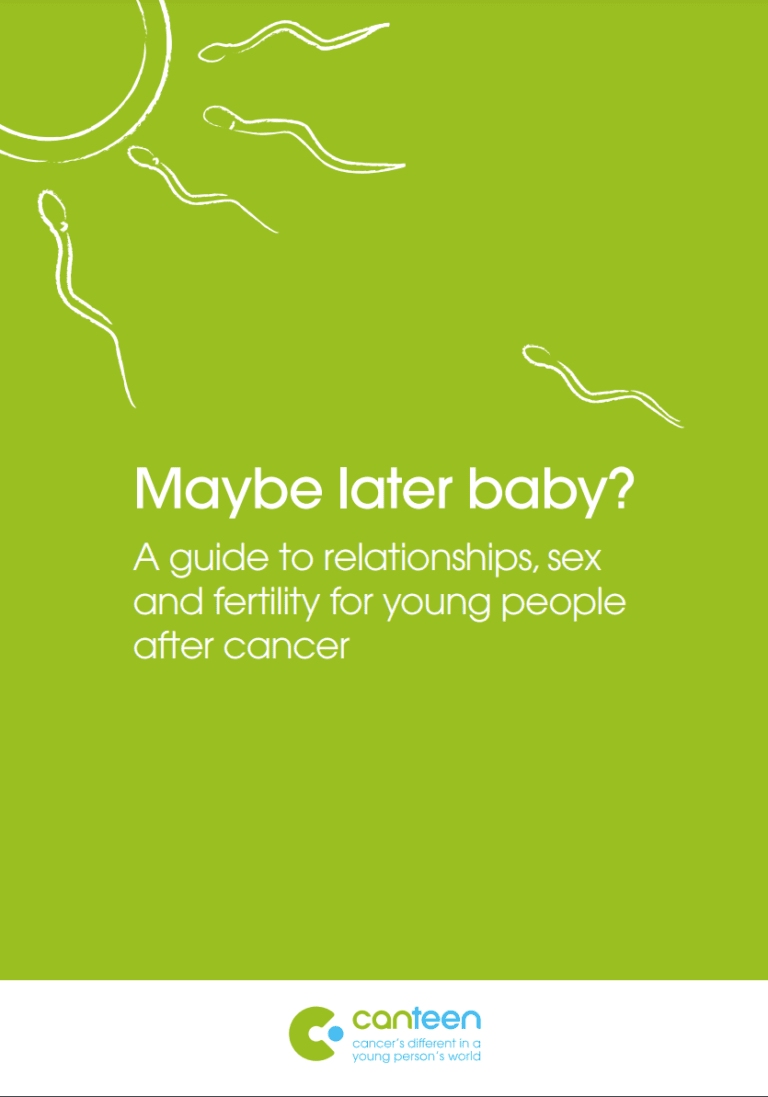Significant progress has been made in the results of the treatment of cancer in children. The progress was and is possible because of close collaboration amongst paediatric oncology professionals not only within one country, but in all or most of the centres in many countries.
One of the conditions to obtain comparable results and common outcomes is that each of the centres participating in clinical trials should meet certain requirements both in terms of infrastructure for medical diagnostics as well as common work practices carried out by health professionals. While developing the results that have been conducted by multicentre, multinational clinical trials, significant differences were occasionally noticed in therapeutic effects.
One additional problem has been identified – the financial conditions of the treatment institutions in which paediatric oncology units operate. Health managers seek solutions to reduce costs and paediatric oncology units are often treated in the same way as other paediatric units. Standards required in these units do not guarantee the proper functioning of paediatric oncology units, as young patients hospitalised for cancer depend upon and require intensive care and constant supervision.
Hence, the concept of common standards for paediatric oncology units was identified. Taking all this into account, in May 2008 the Board of SIOP Europe, the European Society for Paediatric Oncology, decided to prepare a report on the current state and standards of paediatric oncology centres in Europe.
For this purpose, a questionnaire was prepared and sent to the representatives of children’s oncologists in all European countries. Based on the results obtained from the survey, the SIOPE Board considered that the organisation of a conference was the vital ‘next step’ in the preparation of a draft document, entitled, “European Standards of Care for Children with Cancer”.










Comments
Thank you. Comment sent for approval.
Something is wrong, try again later